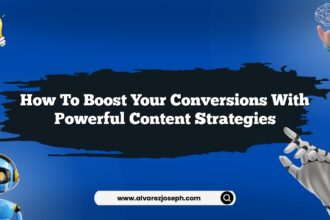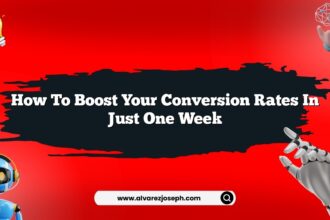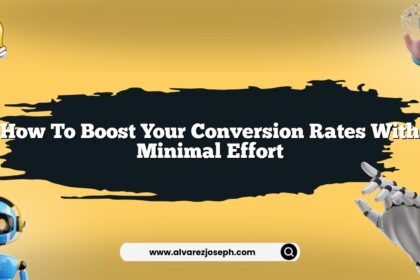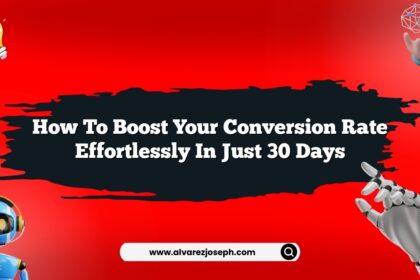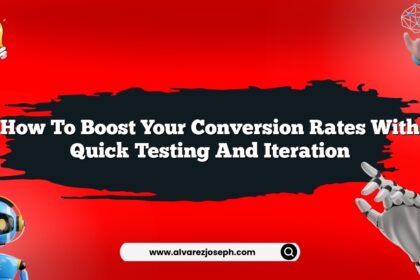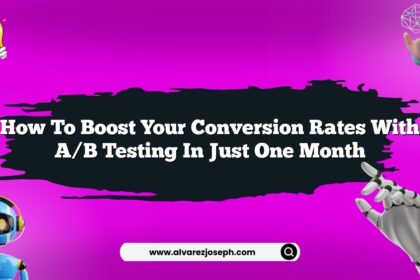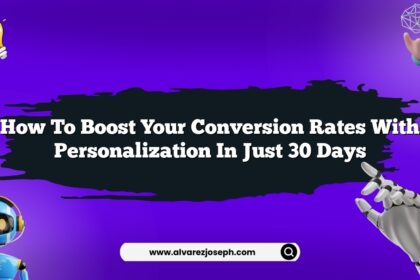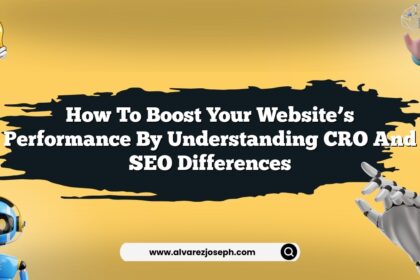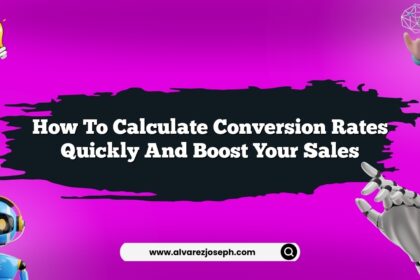Imagine pouring tons of time, money, and effort into your website, only to find out that you’re still not hitting those conversion goals. Frustrating, right? You’re probably scratching your head, wondering where it all went wrong. Let’s get real about it. There’s a good chance you’re making some classic mistakes in your Conversion Rate Optimization (CRO) strategy. And trust me, these are not minor slip-ups—they’re costing you potential sales and leads.
So, buckle up, because I’m diving headfirst into the 5 common mistakes in CRO that are probably costing you conversions. If you want to save those hard-earned dollars and get your site running like a well-oiled machine, stick around. You might just find the answers you’ve been looking for.
Ignoring User Behavior Data
First things first… Let’s talk about user behavior data. Seriously, it’s like the crystal ball for your website. Are you actually paying attention to what your users are doing? Because if you’re not, you’re basically flying blind. I’m sorry, but this lack of attention to data just doesn’t make sense.
When I say "user behavior," I’m talking about things like click patterns, time spent on pages, and where people are dropping off in your funnel. Tools like Google Analytics or Hotjar can help you visualize this data. If you’re not using these tools, it’s time to get on that train.
Think of it like this: if you’re not looking at how your users interact with your site, it’s like trying to navigate a maze without knowing where the walls are. You wouldn’t do that, right?
- Track your metrics: Start by looking at which pages are performing well and which ones are not.
- Analyze drop-off points: Where are users leaving your site? Fix those gaps.
- Heatmaps: These can show you where people are clicking. You might be surprised by the results!
Let’s not kid ourselves—you’re losing sales if you ignore this data.
Overcomplicating Your Navigation
Okay, next up—navigation. If your site is a maze that users can’t find their way through, good luck getting them to convert. Really! I’ve seen sites that have more links than a chain store, and it’s just overwhelming.
Here’s the deal: people want a smooth experience. They don’t want to click through a million pages to find what they need. If users have to think too much, they’re out. Simple as that.
- Keep it simple: Limit your main navigation options to the essentials.
- Use clear labels: Don’t make users guess. Label links so it’s obvious where they lead.
- Search function: If you have a lot of content, include a search bar. Make it easy!
Imagine you’re in a grocery store that’s set up like a labyrinth. Would you want to shop there? Nope!
Skipping A/B Testing
Let’s get real about A/B testing… If you’re not doing it, you’re missing out. A/B testing is like a little experiment for your website. You take one element—like a button color, call-to-action, or even a headline—and create two versions to see which one performs better.
I can’t tell you how many businesses skip this step, thinking they know what works best. Really? I’m not buying it. The truth is, you might think you know your audience, but testing can reveal surprises.
- Start small: Pick one element to test. No need to overhaul your entire site at once.
- Collect data: Make sure you have enough data to make informed decisions.
- Iterate: Don’t stop at one test. Keep refining your approach.
A/B testing can make a huge difference. It’s like trying out different recipes until you find the one that everyone loves.
Neglecting Mobile Optimization
Let’s talk about mobile… If you’re not optimizing for mobile users, you’re basically throwing money away. These days, more people are browsing on their phones than on desktop. If your site isn’t mobile-friendly, you’re saying “not interested” to a huge chunk of your audience.
I can’t stress this enough: it’s not just about looking good on a mobile device. It’s about functionality. If your buttons are too small or your text is hard to read, you’re making it difficult for users to engage with your content.
- Responsive design: Make sure your site adapts to different screen sizes.
- Test, test, test: Check your site on various devices. What works on one might not work on another.
- Fast loading times: Mobile users are often on the go. If your page takes forever to load, they’ll bounce.
When was the last time a site that wasn’t mobile-friendly impressed you? Exactly.
Underestimating Social Proof
Last but not least—social proof. Don’t overlook this! People love to see others’ experiences before making a decision. If you’re not showcasing testimonials, reviews, or case studies, you’re missing a golden opportunity to build trust.
Think about it: would you rather buy a product with no reviews or one that has glowing testimonials? Exactly.
- Add testimonials: Feature user reviews prominently on your site.
- Showcase case studies: If you’ve helped someone, tell that story!
- Use trust badges: Secure payment logos or satisfaction guarantees can ease users’ minds.
This isn’t just fluff. It’s psychology. When people see that others trust you, they’re more likely to follow suit.
Quick Summary
- User Behavior Data: Pay attention to what users are doing.
- Navigation: Keep it simple. No one likes a maze.
- A/B Testing: Always test different elements before deciding what works.
- Mobile Optimization: Optimize for mobile users. Don’t leave them hanging.
- Social Proof: Use testimonials and reviews to build trust.
Frequently Asked Questions
What is Conversion Rate Optimization (CRO)?
CRO is the process of increasing the percentage of visitors to a website that convert into customers. This could mean making a purchase, signing up for a newsletter, or any other desired action.
How can I improve my website’s navigation?
Keep it simple! Limit menu items, use clear labels, and add a search function if necessary. Make it easy for users to find what they need.
What tools can help with A/B testing?
There are plenty of tools out there, like Google Optimize, Optimizely, and VWO. These tools allow you to easily set up tests and analyze results.
Why is mobile optimization important?
More people are browsing on mobile than ever before. If your site isn’t mobile-friendly, you’re likely losing a large chunk of potential customers.
How can I effectively use social proof?
Showcase testimonials, reviews, and case studies prominently on your site. Trust badges can also help reassure users during the buying process.
What should I track to understand user behavior?
Look at metrics like page views, time on site, click-through rates, and where users are dropping off in your funnel. Use tools like Google Analytics or Hotjar to gather this data.
So there you have it… Five common mistakes that could be costing you conversions. Don’t just take my word for it—look at your own site and see if you’re guilty of any of these. Fixing these issues could mean the difference between a struggling site and a thriving business. Go get those conversions!



